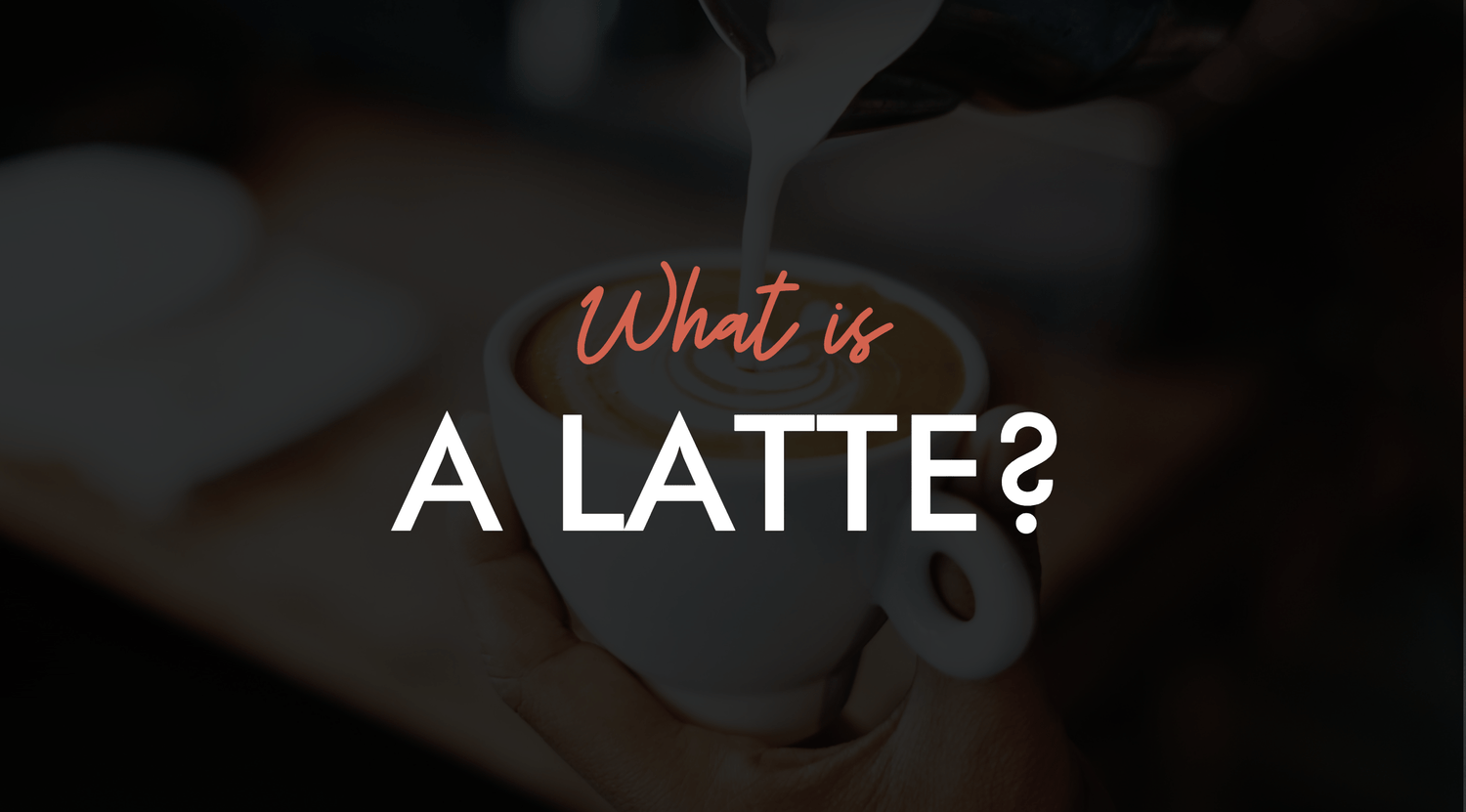Arguably the most popular and recognisable of all coffee beverages is the latte, renowned for its excellent balance of steamed milk, espresso and beautiful art displayed on the surface, its a favourite for many. Typically, the drink is made with 1-2 shots of espresso, steamed milk and a small layer of foam on top; about 1-2 cm.

History of the Latte
‘Latte’ means ‘milk’ in Italian, so naturally, the roots of the drink began in Italy before making its way around Europe and the rest of the world. Quick Tip: In some places still in Europe, if you order a ‘Latte’, you will receive a glass of milk, so remember to ask for a ‘cafe latte’ if you want the coffee beverage!
The already much-loved drink gained even more popularity once it reached America with the popular rising trend of creating art on the surface beginning in the late 1980s. Latte Art is now a skill most baristas and coffee shops deem essential to learn and adds a unique layer of artistry to coffee making.
In today’s time, there are world championship latte art competitions where baristas show off their best latte art! Lattes have also had another rise in popularity in recent years with the introduction of social media apps. Understandably, a delicious Latte with a beautiful design makes for the perfect photo for Instagram or Facebook.
How to make a latte
To make a latte, you will need to build a great foundation with a nice espresso shot. Check out our video below for a tutorial on how to make the perfect espresso at home!
The next step is to steam your milk. To do this, first, start by filling your pitcher with your choice of milk. We find that using high-quality full cream milk gives the best results. As a general guide for a standard size coffee, fill the milk to just below where the nozzle on the jug begins.
Next – and this is an important step – purge your steam wand! Purging your steam wand is where you turn on your steam wand for a few seconds before placing the wand into your milk jug to start steaming.
Doing this step gets rid of any leftover residue from previous uses and will prevent serious damage to your machine as the leftover milk can go back through the steam wand and into your machine causing build-up and mould.
Remember to purge the steam wand away from you to avoid burns.
Place the steam wand just below the surface of the milk and point it at the side of the pitcher to begin spinning the milk. Then drop the steam wand slightly until you hear the milk starting to stretch. You will know that you are doing this correctly if you hear a “tsk tsk tsk” sound. You will know you are doing this step incorrectly if this step sounds like an ear-splitting pig-like squeal or something like Mount Fuji erupting.
Once you have stretched your milk, lower the steam wand into the milk and stop steaming once the jug has become too hot to touch.
Tap out any bubbles you have in your milk on a bench and begin pouring!
How to pour latte art
Latte art is certainly a fun skill to have but will take a lot of patience and practice to get the hang of. If you’re a natural at latte art and manage to create beautiful designs when first starting – congratulations! We are happy but very jealous of you!
Start by building an even mix of espresso and milk by pouring your milk in a circular motion. To really make sure your base is mixed well, place your mug or glass on a flat surface and spin the mug itself for a few seconds.
Then, holding your mug, tilt it towards your pitcher and start pouring your milk very close to the surface and slowly. What should appear on the surface of your drink is the layer of foam that makes it a latte!
Once you get the hang of making the foam appear on the surface, you can move onto creating designs.
To make a heart, pour slowly in the centre of your mug, then once you reach the size that you want the heart to be, start raising your milk pitcher and slowing down the pace of your pour, then move your pitcher to the end of the mug. What should happen is, this line will drag into a place a lovely heart!
And there you have it, a delightful latte with a decorative design!



